Divots and Bounce
Classic golf instruction teaches that taking a divot with an iron swing is a desirable element of good technique. And, that divot size, shape, and direction tell us something about whether good contact with the ball has been made. But how big of a divot should taken?
In an iron swing, the clubface should contact the ball before the sole contacts the turf for good shotmaking. The size and depth of the divot will be determined by the angle of attack (steepness of the swing) as well as the shape and curvature of the sole and leading edge. In particular, the amount of sole bounce is a major factor in influencing divot shape.

Divots larger than the size of a dollar bill and/or deeper than the grass roots of the turf indicate questionable technique with no benefit to shotmaking performance. Not to mention undesired effects on wrist, elbow, and shoulder joints.
That brings us to the question, how can we optimize contact with the ball on the turf to permit an effective swing of the clubhead through the impact zone with a small to medium sized divot? The solution is to play irons and wedges having sufficient sole bounce to allow for full power through impact without excessive digging into the turf.
The most effective iron designs will have several degrees of sole bounce in the long irons, with bounce angles increasing progressively through to the short irons and wedges. How much bounce depends somewhat on the attack angle. We think anything less than 3 - 4 degrees of bounce should be avoided for all but the most skilled players. Even for these players plenty of bounce will benefit their shotmaking.
We prefer starting the long iron bounce angles in the 6 - 8 degree range, with bounce increasing progressively through the set to short-iron bounce angles in the 12 - 14 degree range. Wedges perform best at even high bounce angles, especially for lob wedges.
Playing lob wedges with single-digit bounce angles is an invitation to amateurs for thinly bladed chunk shots. If you have one of these clubs in your bag, we suggest you replace it with a lob wedge having more than 15 degrees. It will improve your shotmaking consistency on all turf conditions, and especially in bunkers.
To enhance playability of irons with high bounce angles, the leading edge of the sole should be somewhat rounded, and there should be adequate relief of the sole grind at the heel, toe, and trailing edge of the sole. High-lofted wedges can incorporate custom sole grinds to maximize performance with individual swing traits.
We understand that the recommendation for much higher bounce angles than are commonly found on just about every retail iron manufactured will surprise many golfers. But any player who takes divots the size of their shoe and blades their wedge shots across the green will understand why a high bounce angle will let them attack the ball without fear of blowing out their scores.
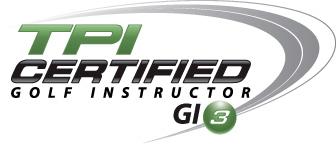

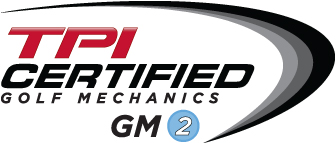






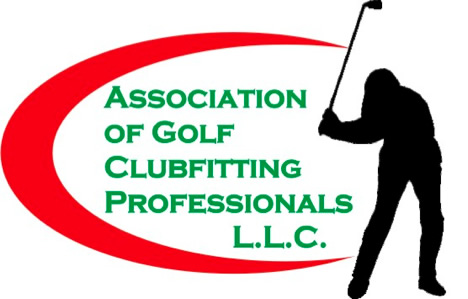

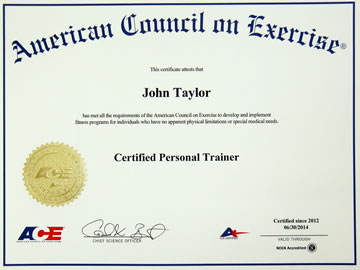
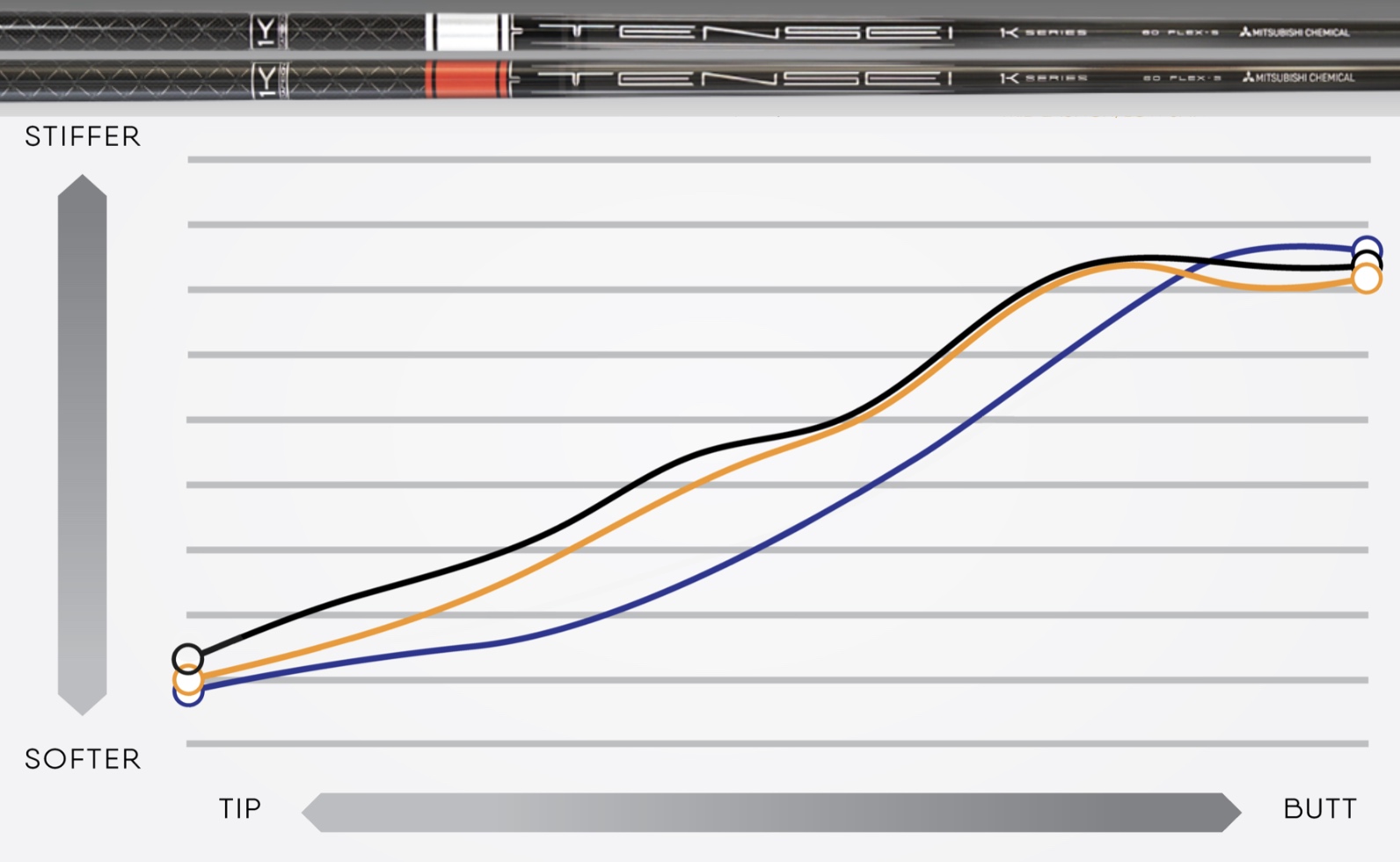
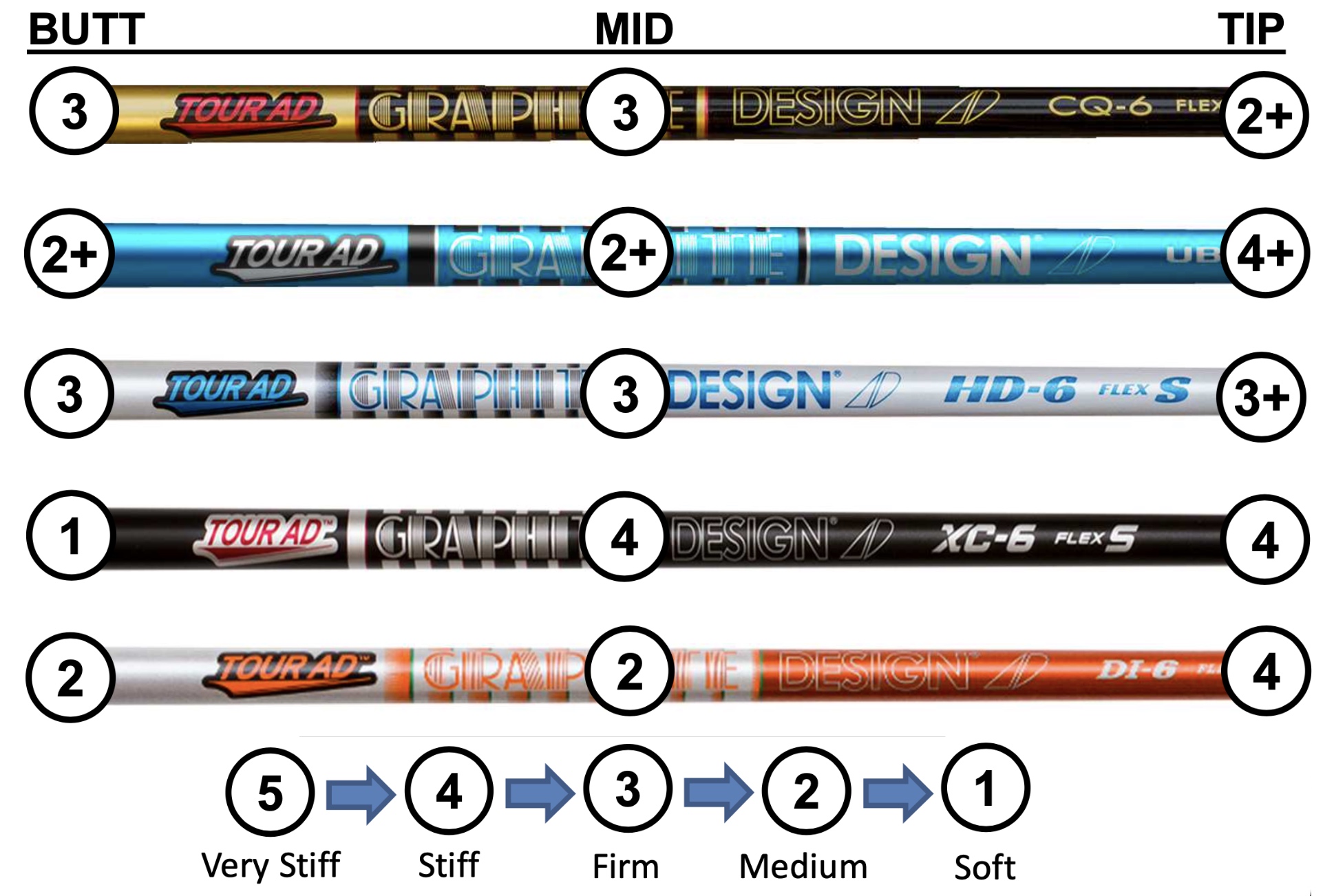





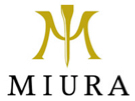
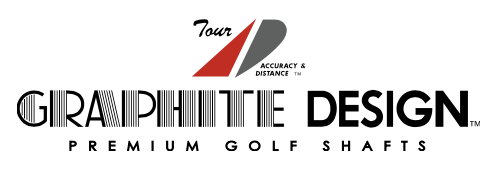



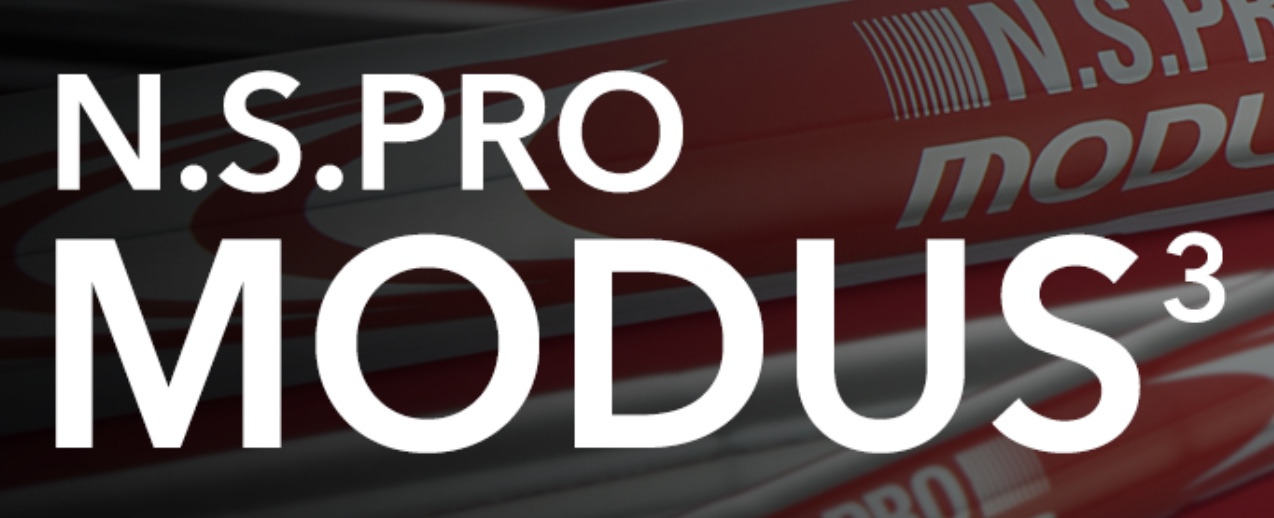


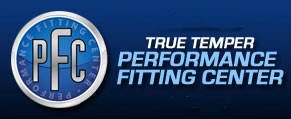

 John Taylor
John Taylor
Reader Comments